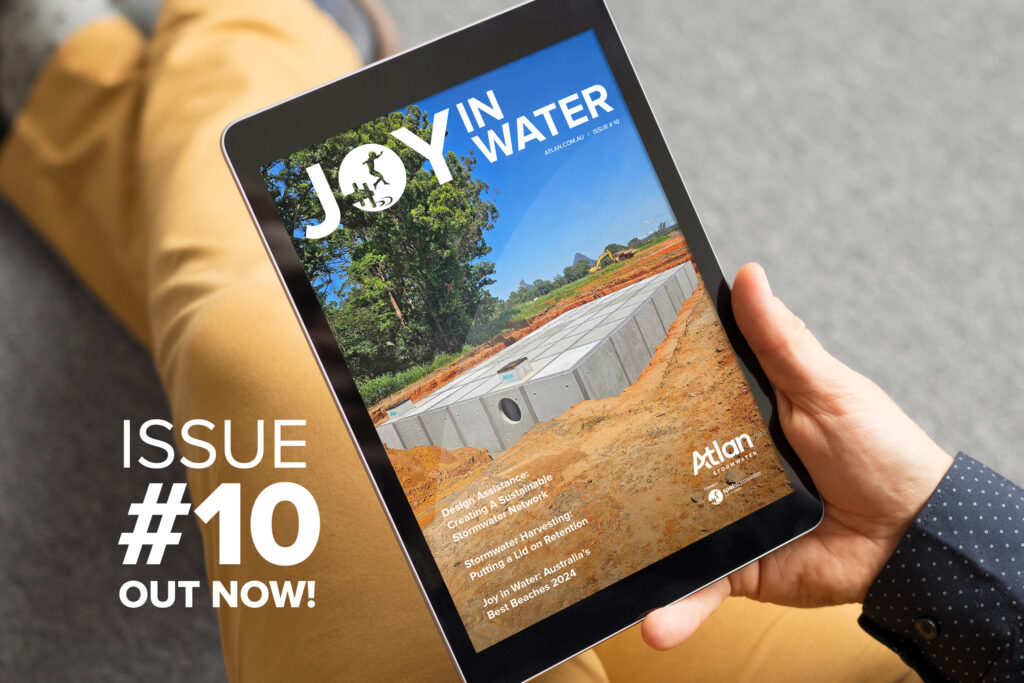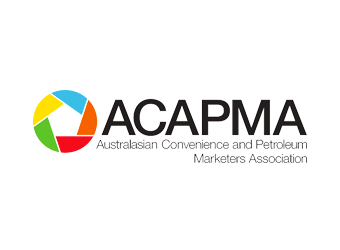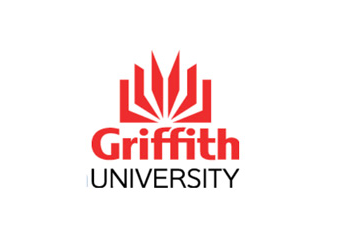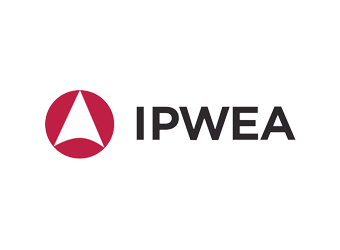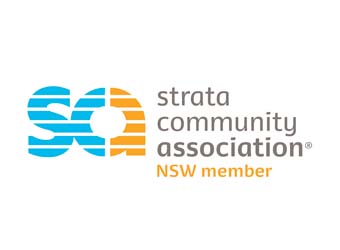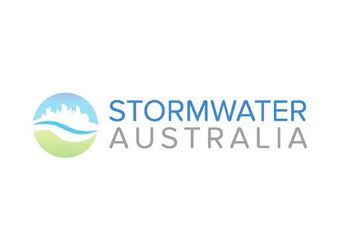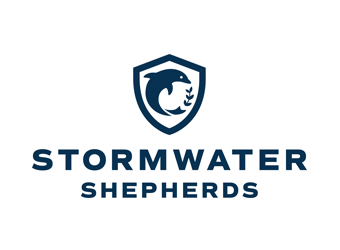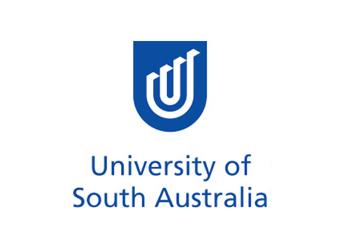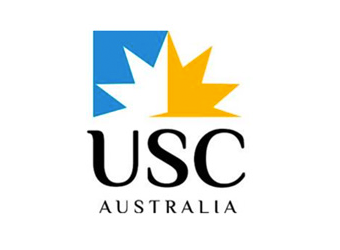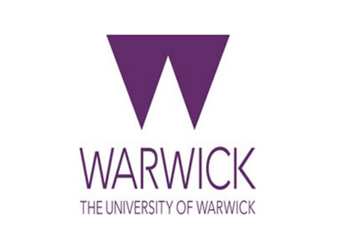
Dr Buddhi Wijesiri
Exploring stormwater harvesting with Dr Buddhi Wijesiri, Research Associate in Water and Environmental Engineering, Queensland University of Technology.
Water is our most precious resource, and stormwater harvesting infrastructure is a way of sustainably scaling our water network – by capturing the untapped stormwater that flows off our urban environment.
By retaining the runoff from our cities impervious surfaces, such as streets, carpark and hardstand, we can manage the 3,000 billion litres of urban stormwater that is entering our rivers and seas without stormwater treatment.
Untreated stormwater acts as a conveyance highway for urban pollution. Stormwater management is a vital intervention that not only improves environmental outcomes – but helps us harvest treated stormwater for re-use in our local communities.
“In coming years, Australia’s weather will be a bit strange. We’ll have longer dry periods with brief periods of intense rainfall. It’s like the weather is playing a game of “now you see it, now you don’t” – and it will test our capacity to supply enough clean water for everyone,” says Dr Buddhi Wijesiri.
“Researchers have found a way to collect and clean stormwater without damaging our natural environment or our wallets. They call it “nature-based solutions”. It’s like giving stormwater a makeover.”
“This approach can not only give us more clean water but also helps stop pollution and flooding. It’s a win for everyone. Stormwater is a hidden treasure, and we’re not making the most of it.”

Stormwater Solutions for Urban Challenges
A comprehensive mix of green, grey, and blue stormwater infrastructure is essential to future-proofing our urban spaces. These assets help create a diverse platform with twofold benefits – the capture of urban pollutants and prevention of flooding.
Our stormwater infrastructure stops pollutants at the source, our urban catchments, and prevents their conveyance downstream to our lakes, oceans, and rivers.
“Natural wetlands, for instance, can hold huge amounts of water, release it slowly, prevent flooding and even make the water cleaner as it works its way through soil and plants. Now cities like Melbourne in Australia, Auckland in New Zealand and so-called “sponge cities” in China have adopted this idea by constructing wetlands in urban areas,” Dr Wijesiri continues.
Atlan Stormwater’s Floating Treatment Wetlands (FTW) are an example of the ways that natural systems can be mimicked by technological advances in stormwater systems. Enhancing the benefits of traditional constructed wetlands, these green assets are a modular floating structure that replicate natural floating wetlands ecosystems.
Floating treatment wetlands supercharge stormwater treatment by enhancing nutrient settling, uptake and microbiological filtration.
By growing plants with suspended root systems in the water column, FTWs provide increased surface area for biofilm growth, algal reductions and increased sedimentation – with a condensed footprint compared to traditional wetlands.
Green solutions are of growing importance, including FTWs, green roofs, bioretention and permeable pavements. However, with land constraints often at play – proprietary solutions are also helping meet sustainability goals on projects across Australia.

Retention Assets & Sustainable Cities
Stormwater harvesting infrastructure, also known as stormwater retention, is essential for the sustainable re-use of stormwater. Commonly, this is used to water public parks, gardens, and sports fields, or for irrigation purposes and indoor use such as toilet flushing.
“Current solutions such as desalination and treating wastewater are very expensive, energy-intensive and are not the greenest option,” says Dr Wisejiri.
With a valuable mix of stormwater solutions aiding our water network, these assets provide an affordable option for our sustainable cities.
Often implemented in conjunction with detention assets, this infrastructure is the cornerstone to water quantity management. Scaling to the challenges of urban development in our cities, detention and retention assets range from microscale installations in residential areas to large scale infrastructure to meet high-volume stormwater applications.
Atlan Stormwater locally manufactures modular precast concrete and FRP solutions to meet the growing demands for stormwater harvesting infrastructure. AtlanVault, MegaVault, AtlanChamber and TankStor are customisable solutions that are often placed underground to maximise usable land – while providing much needed retention capabilities for local water re-use.
By managing water quantity and quality, we can tap stormwater, and provide sustainable solutions for greener local communities and liveable cities.
